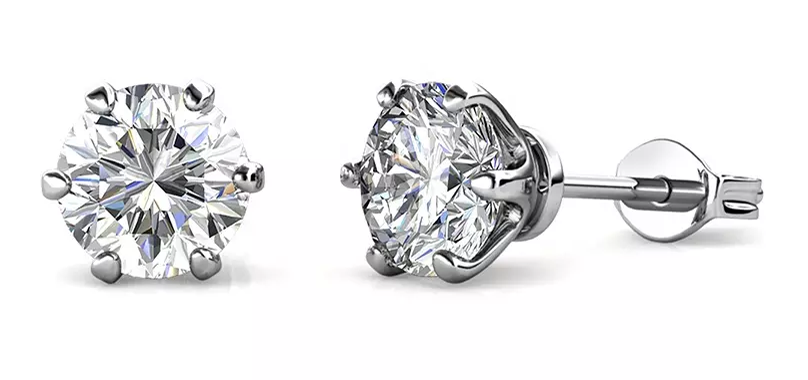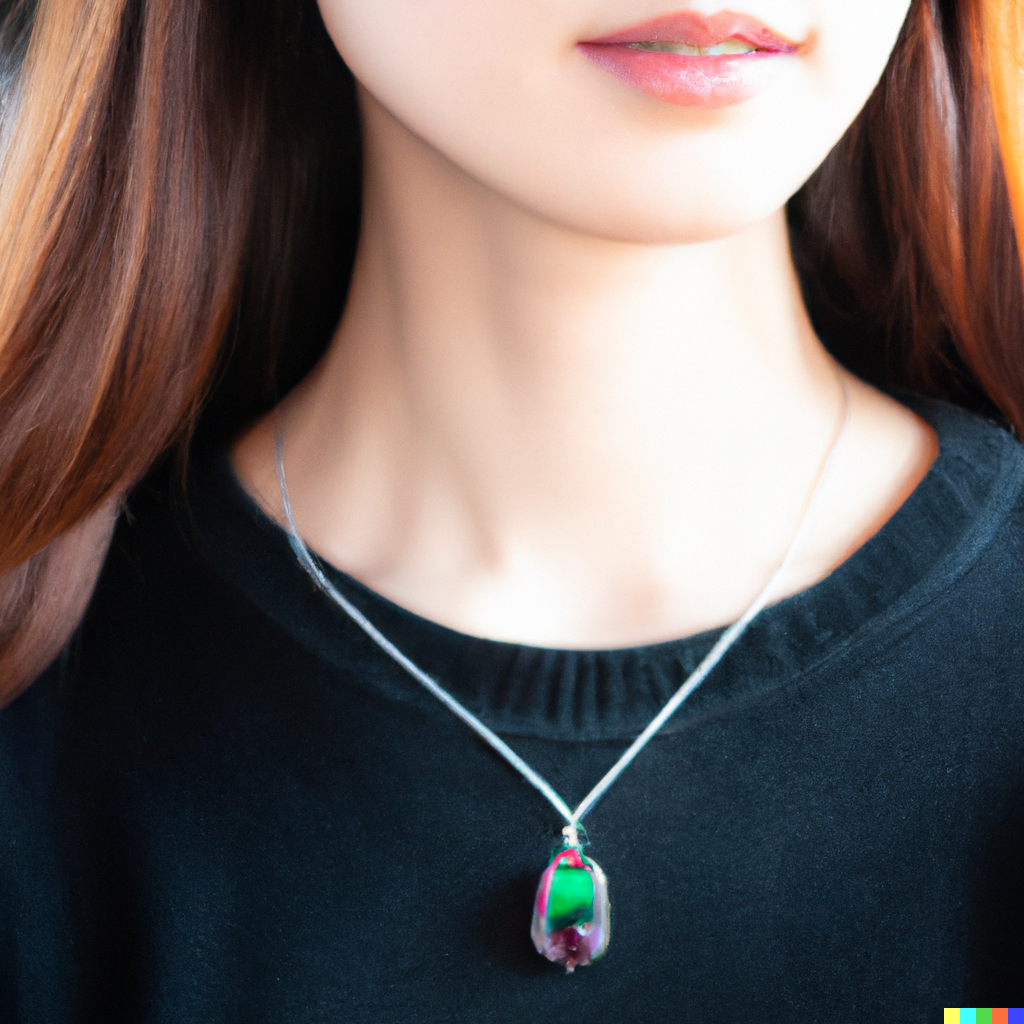Keshi Pearls: Gemstone and Jewelry
Keshi pearls have always been an enigma to those in the jewelry industry. They are not considered true pearls, yet they are undeniably beautiful and valuable. These pearls are unique, having no nucleus and being made only of the nacre that forms the outer layer of traditional pearls. In this article, we will delve into the world of Keshi pearls, exploring their history, formation, types, and use in jewelry.

History of Keshi Pearls:
The origin of Keshi pearls is shrouded in mystery, with several contradicting stories surrounding their discovery. One story says that they were first discovered by Japanese divers back in the early 1900s, while another suggests that they have been around since ancient times. Regardless of their origin, it is widely believed that Keshi pearls were initially considered as mere byproducts of pearl farming and were discarded by pearl farmers.
During the early days of pearl farming, Keshi pearls were seen as a nuisance since they would often form when a pearl oyster or mussel rejected the nucleus placed inside it. At that time, these pearls were considered worthless, and the farmers often discarded them, completely unaware of their hidden potential. It wasn't until the 1950s that Keshi pearls began to gain value and recognition in the world of jewelry. Since then, Keshi pearls have become popular among both jewelry collectors and jewelers alike.

Formation of Keshi Pearls:
Keshi pearls are formed in a unique way, which sets them apart from traditional pearls. Unlike genuine pearls, which are nucleated by a small bead or piece of tissue, Keshi pearls are formed without any nucleus and are made solely from the nacre that covers the inner shell of an oyster or mussel. The formation of a Keshi pearl starts when a pearl oyster or mussel is nucleated with a small bead or piece of tissue.
After implantation, the oyster or mussel starts secreting a layer of nacre around the nucleus, forming a pearl. However, sometimes the oyster or mussel will reject the nucleus for unknown reasons, which results in the deposition of nacre around the shell instead. This nacre build-up is what forms a Keshi pearl, an irregularly shaped pearl created entirely of nacre.

Types of Keshi Pearls:
Keshi pearls come in different shapes, sizes, and colors, making them a unique addition to any jewelry collection. Some of the popular types of Keshi pearls include:
- Baroque Keshi Pearls: Baroque Keshi pearls are irregularly shaped Keshi pearls with a unique shape that looks like free-form amoebas. These pearls often have a luster that ranges from metallic to satin, and their colors can vary from white to metallic gray.
- Round Keshi Pearls: These are rare Keshi pearls, with a round shape that is almost similar to that of South Sea pearls. These pearls often have a metallic luster that ranges from silver to gold, and their colors can vary from white to pink.
- Button Keshi Pearls: Button Keshi pearls have a flat bottom and a slightly rounded top, making them look like buttons. These pearls often have a high luster and a metallic sheen that ranges from silver to golden.
- Drop-Shaped Keshi Pearls: These Keshi pearls have a drop shape, making them resemble teardrops. Their colors range from white to pink, and their metallic luster varies from silver to gold.
- Biwa Keshi Pearls: Biwa Keshi pearls are named after Lake Biwa in Japan, where the first of these pearls were discovered. These pearls are elongated and have whimsical shapes that resemble miniature sculptures. They are considered some of the most valuable Keshi pearls and are often used in one-of-a-kind jewelry pieces.

Use of Keshi Pearls in Jewelry:
Keshi pearls are versatile pearls that can be used in a wide range of jewelry designs, from classic to contemporary. Their unique shapes and colors make them ideal for creating one-of-a-kind jewelry pieces that can be used for various occasions. Some of the common ways Keshi pearls are used in jewelry include:
- Rings: Keshi pearls make beautiful centerpieces for rings, especially when they are set in simple and elegant settings. They can also be clustered together to create unique and creative settings.
- Necklaces: Keshi pearls are excellent for creating statement necklaces, especially when they are combined with other pearls and gemstones. Their irregular shapes and vibrant colors make them ideal for creating distinctive jewelry pieces.
- Earrings: Keshi pearls make beautiful earrings that can be used to add a touch of elegance to any outfit. They are often used as drop earrings or paired with other gemstones or diamonds.
- Bracelets: Keshi pearls make fantastic centerpieces for bracelets. They can be combined with other pearls and gemstones to create elaborate and intricate designs, or designed into simple, elegant styles.

Keshi pearls are truly unique and valuable, providing a new and interesting dimension to the world of jewelry. These pearls are no longer considered mere byproducts of pearl farming, but rather works of art. From classic to contemporary, their use in jewelry has expanded to suit all needs and tastes. Whether you're a jewelry collector or a jeweler, Keshi pearls are truly a unique gemstone that must be experienced to be truly appreciated.






















Leave a comment